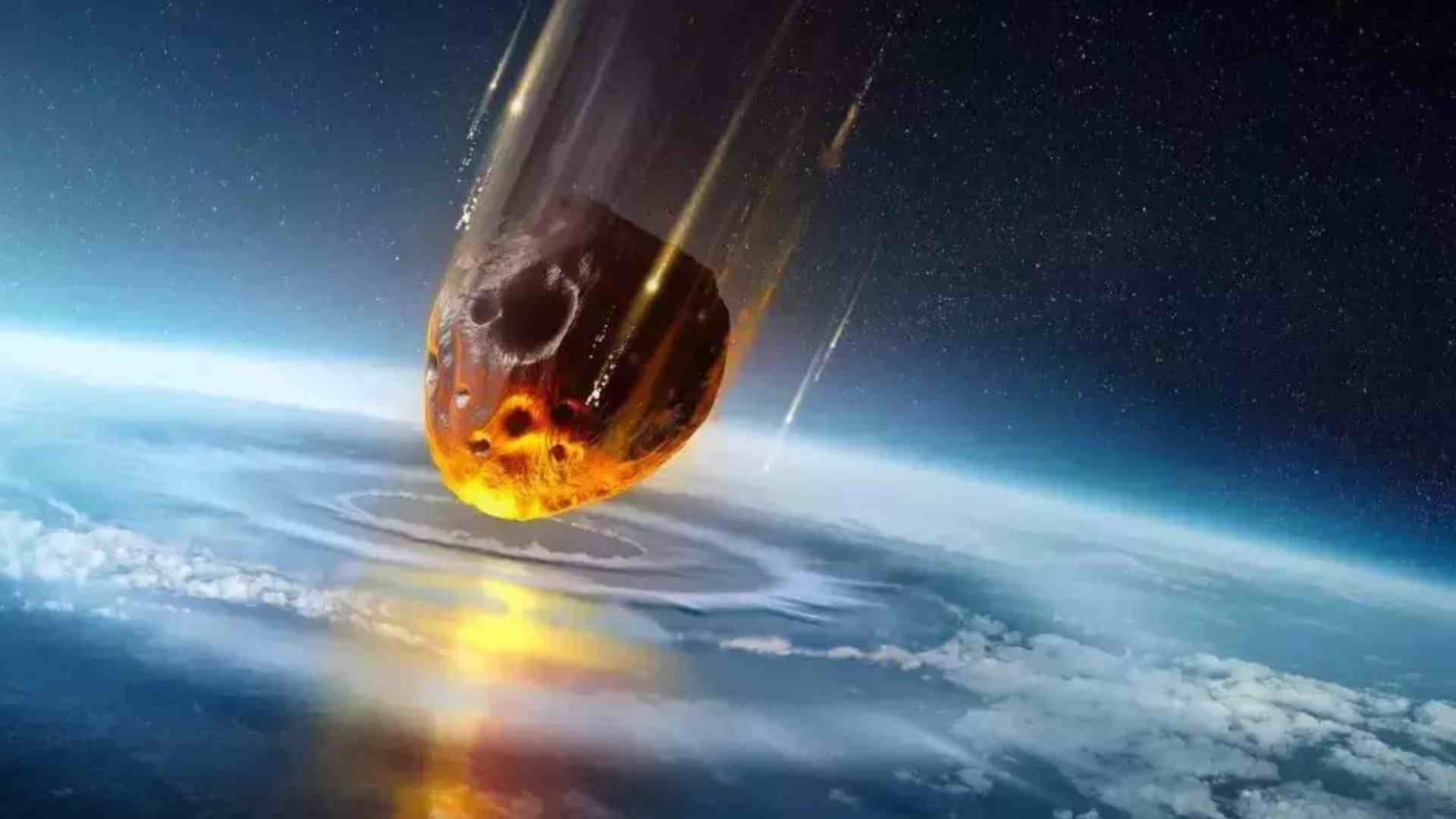
NASA says the 110-foot diameter asteroid is comparable in size to a large blue whale. The warning about 2024 OR1 certainly is not in isolation as far as near-Earth encounters with asteroids are concerned. Just on August 4, 2024, a larger asteroid, 2024 OC, which measured about 410 feet, passed close to Earth. Earlier in August, asteroids 2024 OE and 2024 OO also made close approaches to Earth. These incidents underline the need for continued monitoring and preparedness for such asteroid impacts.
The tracking of 2024 OR1 is part of NASA’s more extensive planetary defense activities. The agency collaborates with international space organizations, observatories, and research institutions to develop strategies on mitigating asteroid collision risks by studying asteroid compositions and behaviors and exploring deflection technologies.
Equally important is raising public awareness and education regarding NEOs. NASA has a running database on asteroids and comets that contains all orbital elements, sizes, and risks likely to be involved. Although 2024 OR1 is not a potentially hazardous asteroid, it is going to draw public attention to the issue and underline that people need to be vigilant, plus more research into planetary defense.
For an asteroid to be rated as a potential hazard, it must have the following features: at least 140 meters in diameter, an orbit similar to those of Apollo or Aten asteroids, and it must pass by Earth at over 750,000 km/h. NASA is the American space agency that was established in 1958 and is responsible for the exploration of space and aeronautics. They are credited with many of the major missions, including the Apollo moon landings and the Mars rovers.















